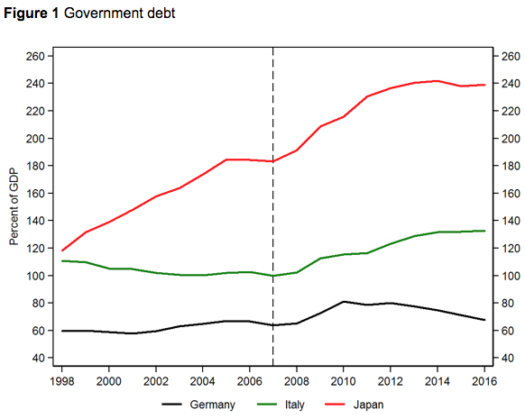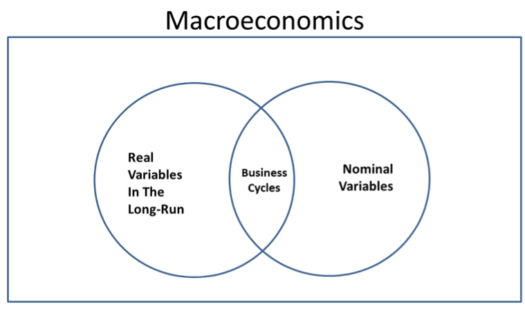Is the Fed evil or misguided?
I say misguided, although many smart people think the Fed is intentionally undershooting its 2% inflation target, or treating it like a ceiling. That would of course be evil, because it would mean the Fed is lying. Call me naive, but I still don’t quite accept that the Fed is a Trump-like institution. I believe they are misguided.
So what are the implications of my theory? How can we test it?
If’ I’m right, then I believe that the Fed will eventually see that its reliance on the Phillips curve model has been a mistake. Low unemployment does not cause high inflation. I expect this realization to occur at some point during 2018, at which time the Fed will switch to an easier money policy—to boost inflation. I believe this because the market believes it, and (like Larry Summers) I’m a market monetarist.
This is one reason why I expect this expansion to be the longest in American history. It won’t be the best (the 60s, the 80s, and the 90s were all better), but it will be the longest. Switching to an easier money policy in the 9th year of an expansion is unusual. It will prolong the expansion for at least a few more years.
I do not expect the Fed’s undershoot of inflation to cause a recession (although I wouldn’t entirely rule it out–it just seems unlikely.) The economy has basically adjusted to 1.7% inflation. The real problems with this are:
1. A loss of Fed credibility, which will hurt them when the next crisis occurs.
2. More zero bound episodes.
So the Fed needs to fix this problem.
BTW, there is nothing intrinsically wrong with 1.7% inflation during a period of low unemployment, if the Fed is a flexible inflation targeter. Indeed in a sense that’s desirable. But only if the Fed runs above 2% inflation during recessions. And that’s why the Fed’s Phillips curve thinking is so pernicious. The Fed fully expects inflation to fall during the next recession—the opposite of what they should be doing. In that case the Fed needs to generate above 2% inflation during booms, in order to average 2% over the entire business cycle. They are not doing so.
PS. Stephen Kirchner directed me to an excellent Martin Sandbu column in the FT. It does a great job analyzing the recent letter calling for a higher inflation target. Indeed a far better job than I did in my recent analysis. Here is the conclusion:
None of this means the target should not be reconsidered. But if there is going to be a change to what the Fed aims to achieve, one can do much better than a higher inflation rate target. One attractive possibility is to target a steadily growing price level rather than an inflation rate, which would require policymakers to pursue higher-than-target inflation for a while to make up for lower-than-target inflation in the past. Another is to consider targeting a path for the nominal size of the economy — nominal gross domestic product level targeting — which would allow for greater monetary stimulus when it is likely to do the most good.
PS. The Larry Summers link above may be of interest to some people.



